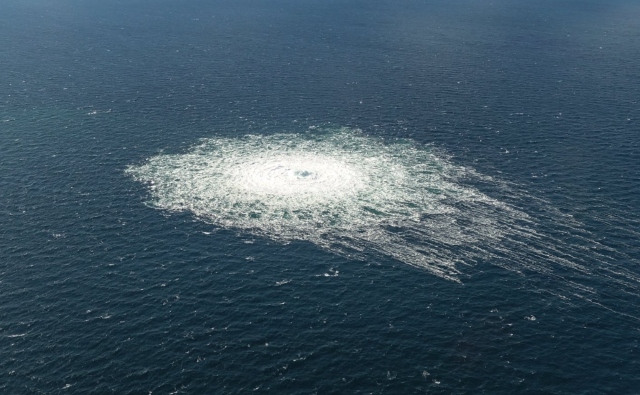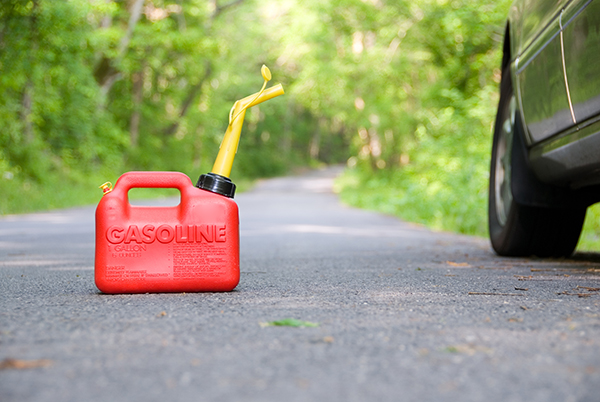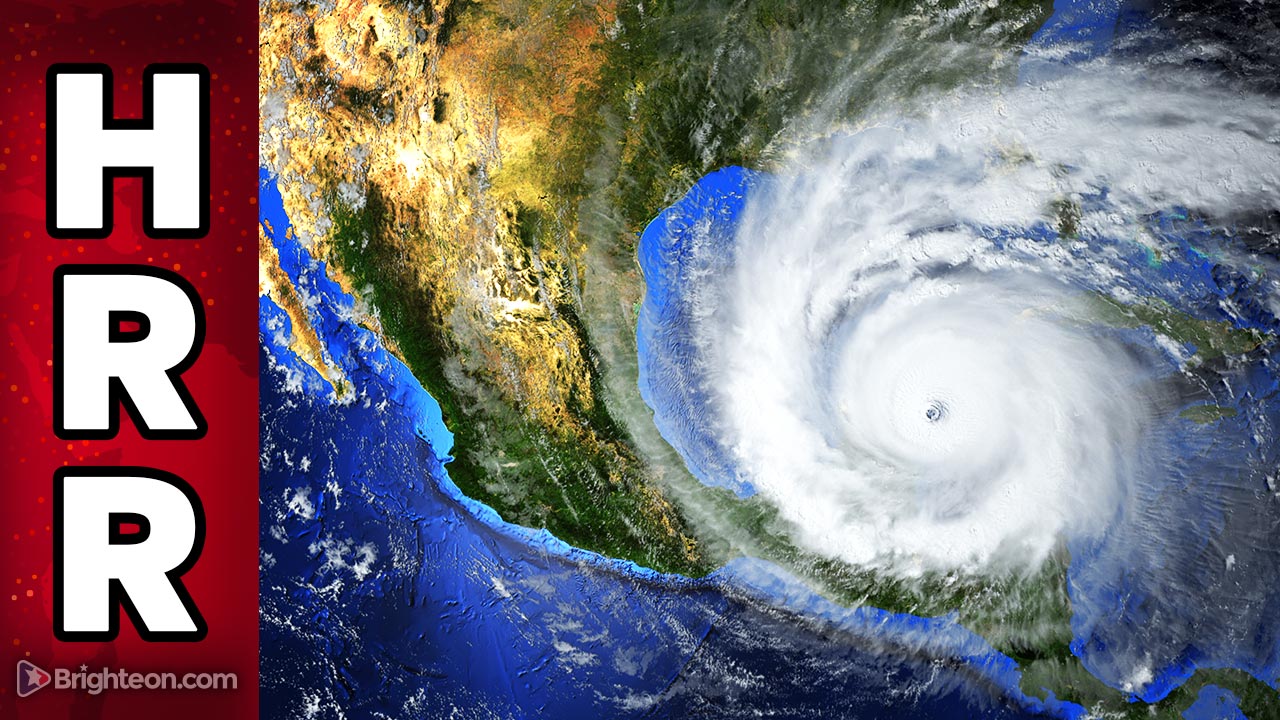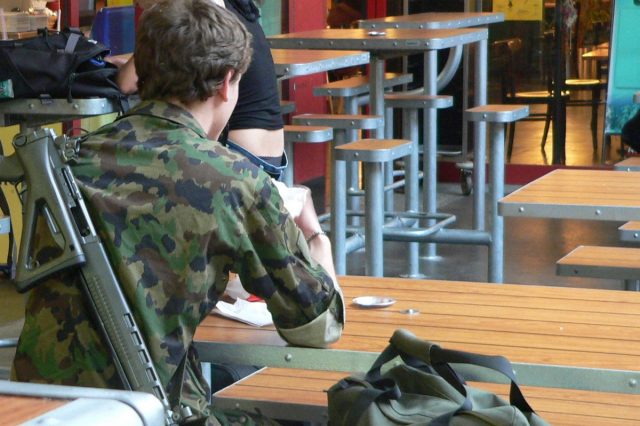 Parler
Parler Gab
Gab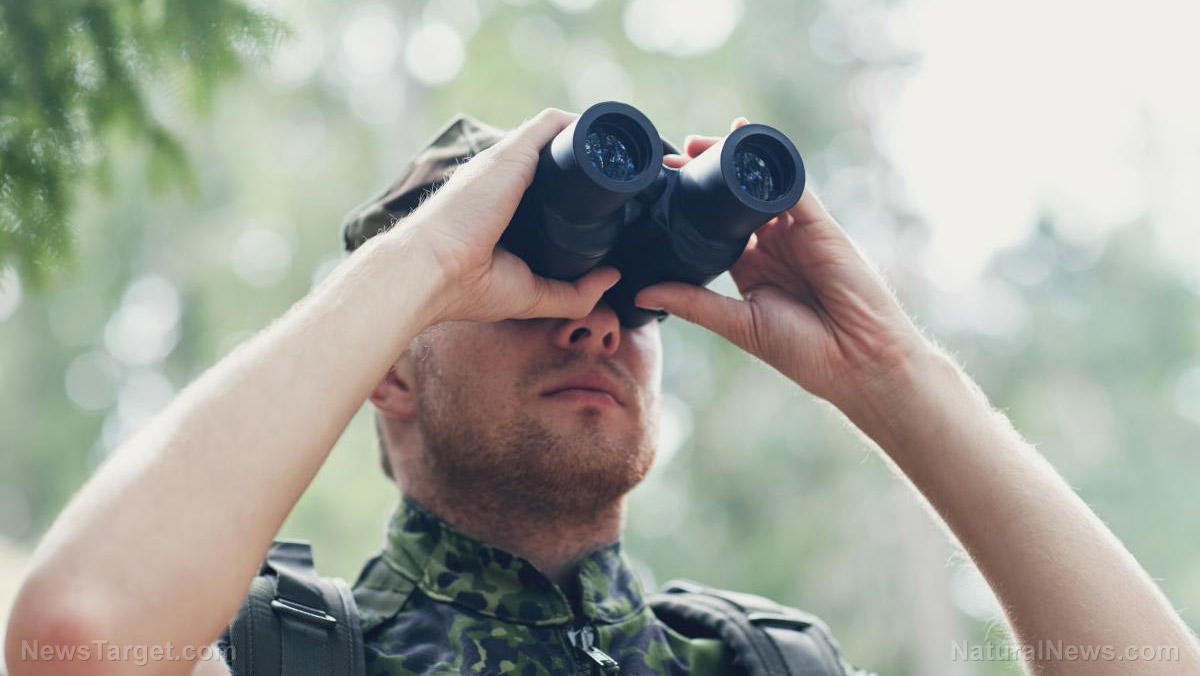
Difference between reconnaissance, reconnoiter and surveillance
Before you get started, it's important to understand the difference between reconnaissance, reconnoiter and surveillance. In some cases, these words are used interchangeably, but there is a difference between reconnaissance and surveillance. Surveillance often involves the use of electronic equipment like drones, surveillance cameras or wiretaps.- Reconnaissance is a preliminary survey to gather information.
- Reconnoiter means "to make a reconnaissance of."
- Surveillance refers to keeping a close watch over someone or something, like how a detective would monitor a suspicious person.
Reconnaissance is a crucial tertiary prepper skill
Once you master the art of reconnaissance, you can use both drones and reconnoitering skills to your advantage in a survival scenario to effectively broaden your offensive and defensive security plan. This is not an exhaustive list, but here are some skills that can help you with reconnaissance:- Ability to work autonomously
- Basic survival knowledge, such as shelter building, water procurement and filtration/purification, firestarting, foraging, self-defense, basic first aid, marksmanship, etc.)
- Day and night land navigation
- Physical and mental stamina
- Radio operations (for communications)
- Stealth and concealment
- Target/object distance estimation
- Topographic map reading
Essential reconnaissance gear
If you are serious about reconnaissance, you will also need to get the right equipment and learn how to use each item properly. While this isn't an exhaustive list, it should give you a good idea of what you would need if you or someone from your survival group must perform these reconnoiter duties after SHTF.- 1:50,000 waterproof grid map of your area
- A 12-hour backpack/rucksack
- Binoculars (with a range finder reticle pattern if possible and 10×50 magnification)
- Camouflage face paint
- Comms device of choice (ham, CB or GMRS radio with an earpiece and small microphone)
- Firearm (long rifle or sidearm, choose the right weapon depending on the mission and terrain)
- Flashlight or headlamp with red lens
- Grease markers (non-permanent)
- Large 4 mil sealing plastic bag or map case
- Lensatic or orienteering compass
- Pace counter beads
- Proper footwear and socks for seasonal conditions
- Proper seasonal clothing (camouflage preferably for your area, gray man if in the city or suburbs)
- Rain poncho
- Range Cards
- State highway map
- Two military protractors
- Water
- Waterproof notepad with pen
- Ammo
- BIC Lighter
- Ghillie suit
- Individual first aid kit
- Night vision or infrared
- Paracord
- Pocket road atlas
- Range finder
- Snacks
- Water filter
10 Steps to help you get started with reconnoitering
Like other prepping skills, the art of reconnoitering is developed over time. Reconnaissance has many aspects and skills that will help you be successful, especially when disaster strikes. If you are serious about developing your reconnaissance skills, here is a non-exhaustive list to get you started:- Purchase as many of the items on the list above and avoid getting cheap items. Invest in high-quality items that will last and work properly when you need them.
- Invest in a 1:50,000 grid map if possible.
- Purchase (or download) the Map Reading and Land Navigation book by the Department of Defense (FM 21-26 or FM 3-25.26).
- Study manuals if you are unfamiliar with map reading and land navigation. Figure out your pace count and commit it to memory.
- Once you have acquired your reconnoiter materials and you have familiarized yourself with the information, figure out if anyone in your family or survival group has any experience with map reading, glassing, or hunting and see if they can physically handle the reconnoiter responsibilities for your group.
- Set up a code word cheat sheet for you and your group if you want to communicate on an unsecured radio channel when SHTF. Always follow all Federal Communications Commission regulations when utilizing open-air communication devices.
- Create and regularly practice dry run scenarios with your group or family. Start small by reconnoitering a half-click (500 meters) to a location where you can set up a camouflaged observation post (OP). Use your preferred comms to call into your group or family and tell them what you see.
- Try to determine on your grid map an egress or two before committing to your chosen OP. Always think about your extraction plan as things might go south once you get into position.
- After your dry runs, get back with your group or family and assess what you learned and how to avoid any mistakes. Take these dry runs seriously and thoroughly discuss any pros and cons so you can perfect your plans since getting captured or killed while on a reconnaissance mission jeopardizes both yourself and the safety of the group.
- Always practice because you never know when your reconnaissance will come in handy.
More related stories:
SHTF essentials: Don't forget to learn these 6 commonly overlooked survival skills. 10 Survival skills everyone needs to know. Wilderness survival skills that also work in an urban environment. Sources include: ThePrepperJournal.com SurvivalSullivan.com Ibiblio.org[PDF] IRP.fas.org[PDF] Brighteon.comPanic buyers stripped supermarket shelves bare before Hurricane Ian made landfall in Florida
By Belle Carter // Share
Survival essentials: 9 Types of fuel you may need in your stockpile when SHTF
By Zoey Sky // Share
Survival basics: 20 Common bug in mistakes and how to avoid them
By Zoey Sky // Share
Swiss government considering GENDER-NEUTRAL military conscription
By Mary Villareal // Share
Governments continue to obscure COVID-19 vaccine data amid rising concerns over excess deaths
By patricklewis // Share
Tech giant Microsoft backs EXTINCTION with its support of carbon capture programs
By ramontomeydw // Share
Germany to resume arms exports to Israel despite repeated ceasefire violations
By isabelle // Share
